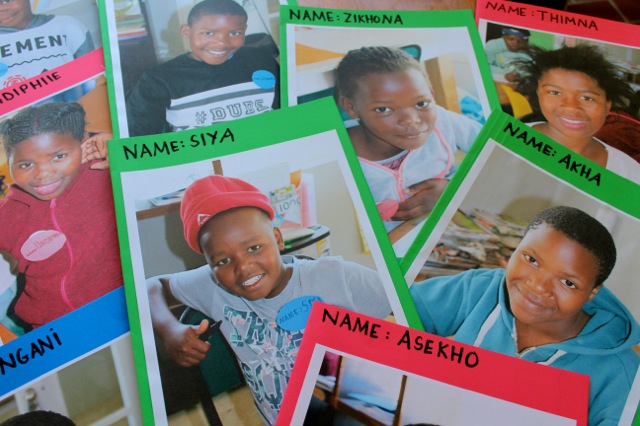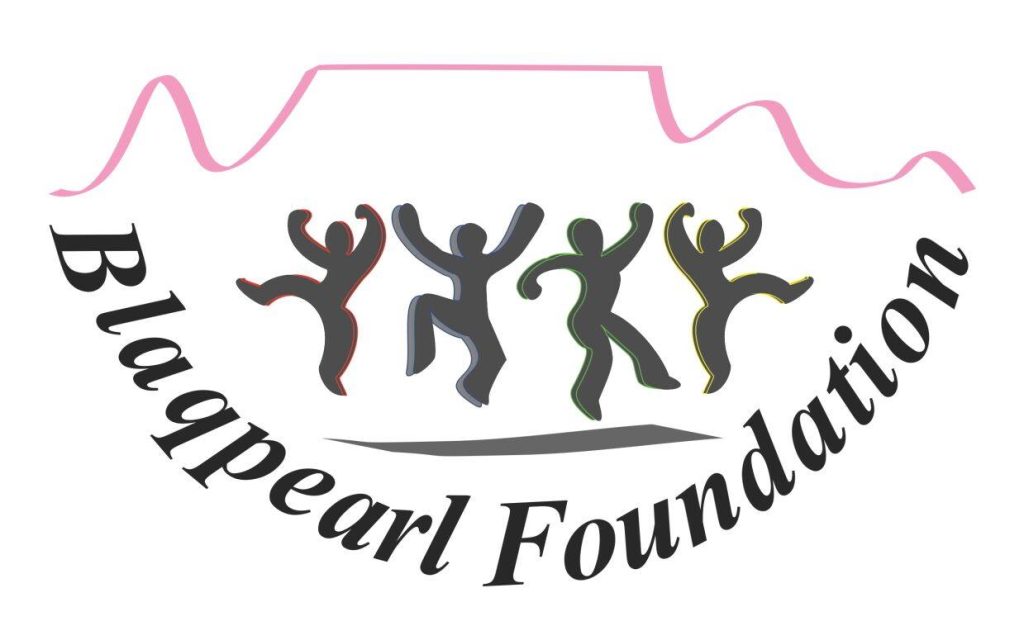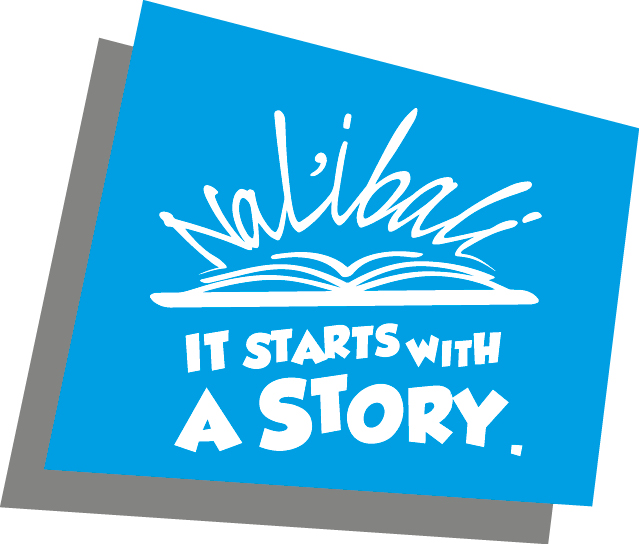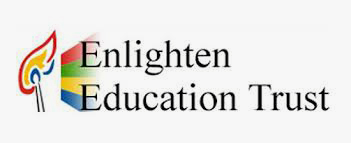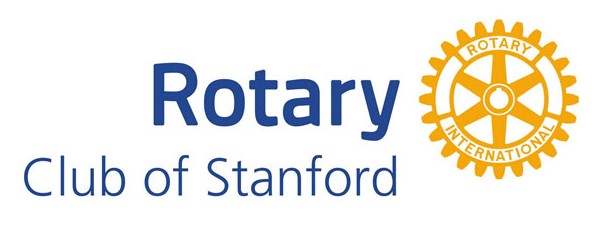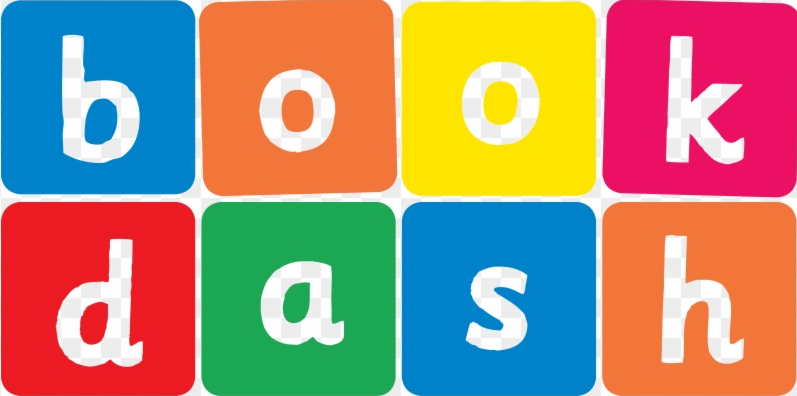These workshops extended over three days and were attended by between 26 children (first day) and 18 children (third day). Some children were away visiting relatives in E Cape during the school holidays.
The theme was enthusiastically embraced by a very mixed age group of children – while a couple of younger siblings made drawings and cut up magazines in the background. (We didn’t include them in the totals.)
We had obtained a map of the whole of Stanford, including Stanford South, where the children we work with actually live. We first looked at the map and discussed it before everyone had a chance to put a pink sticky spot on their house.
Then some very talented map-makers drew the town, in quite distinct detail, in chalk on the cement playground. We then transferred the map to a large piece of cardboard. This activity is quite difficult, but we had a couple of future cartographers who would still be filling in detail if we hadn’t needed to go home. We will be returning to this activity throughout the project. We are establishing which places are really important to the children and which routes they use to get there. There is endless potential for group discussion and writing.
The children also drew their own houses – either as a picture or a plan – and learned the difference. They also learned how to store everything they do in their folders – which are fronted by a colour-print photograph of themselves to make things easier.
Group discussion centred around homes and landscapes. We read the story ‘I have a house,’ from My Story, Our Stories, and also talked about home and family with Anthony Browne’s book ‘Into the Forest’.
A secondary theme of the workshops was communication and languages, which we talked about in group discussion. Many of our participants speak three or four languages and are taught in English at school – the home language of none of them. Two boys gave an interesting demonstration of ‘Facing’ in isiXhosa. This could best be summed up as a cross between praise-singing, rap and stand-up comedy (at top volume). We also discussed bullying and how lack of communication is often the cause of this. In this context, we talked about how important ‘own stories’ are – and how they led to language and communication in our early communities.
Quiet reading featured books from the Green Theme toolbox on topics as diverse as weather and forests. For this workshop, we concentrated on non-fiction and reading for research and saved the stories for group reading.
Nash Makwarimba, our youngest facilitator (who will be in Matric next year at Hermanus High), assisted Lesley with the workshop, particulalry with clapping and musical games and ice breakers, as well as helping them with their writing and folder-making. Nonthandu, Susan and Sisilia assisted on different days with recruiting the children, bringing them safely to the venue, making the sandwiches and dispensing the snacks and juice as well as keeping an eye on discipline at play breaks and lunch.
A good time was had by all. We achieved the goals we set out to achieve … and are looking forward to the next stage.
Our thanks, as always. to The Butterfly Centre for allowing us to use their venue and the the English donors who made it possible. Thank you all.

